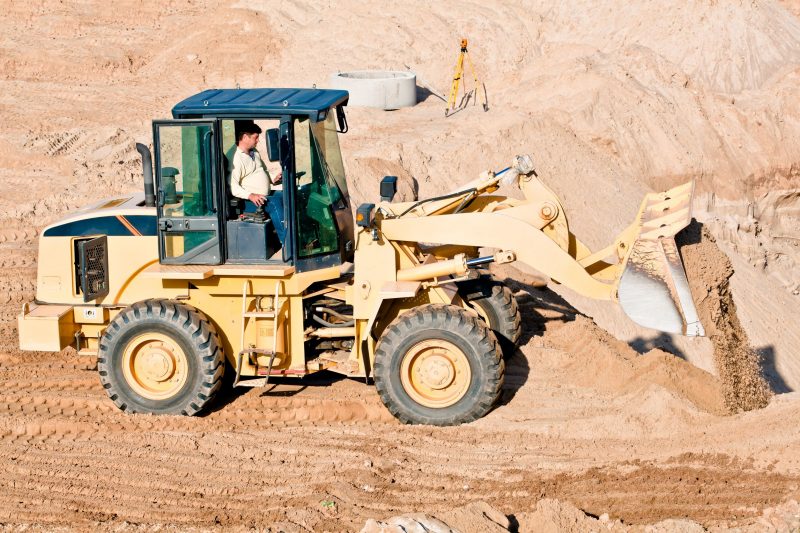Using as stud gun welder is a simple process that doesn’t need extensive training or even an extensive understanding of welding. It is a very simple process that uses an electric arc that joins the base of the stud to a metal surface or an appropriate type of substrate material.
The difference with stud welding and other types of fastener use is that there is no need to drill through the metal or substrate. Instead, the stud is permanently fixed on one side of the material. Not only does this keep one side free from any marring or visible signs of a fastener, but it also speeds up fabrication.
Through the use of a stud weld gun, portability is never an issue. This allows for attachments of stud welds even outside of a shop or where traditional types of welding options would not be an option.
To get the best attachment from a stud weld gun, there are a few different aspects to consider. It will be important to not only have quality equipment but also to ensure you are using the weld gun correctly.
Use the Ferrule
A ferrule is a small ceramic ring that encircles the stud weld. This is used to not only keeps the molten metal in the right location, but it also helps to concentrate the heat for the correct bond. Without the use of a ferrule, the molten material is more likely to run across the surface or splatter, resulting in an aesthetically poor weld as well as a potentially a weaker weld.
Incorrect Settings
While the system is user-friendly, there will be the need to make the appropriate settings on the equipment. This will include heat settings, while top systems provide gap distances automatically.
Incorrect settings on a stud weld gun will result in lower quality welds or problems with weld consistency. Many of the best systems will provide clear information on performance to allow the operator to make the necessary adjustments.



